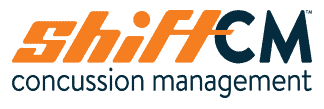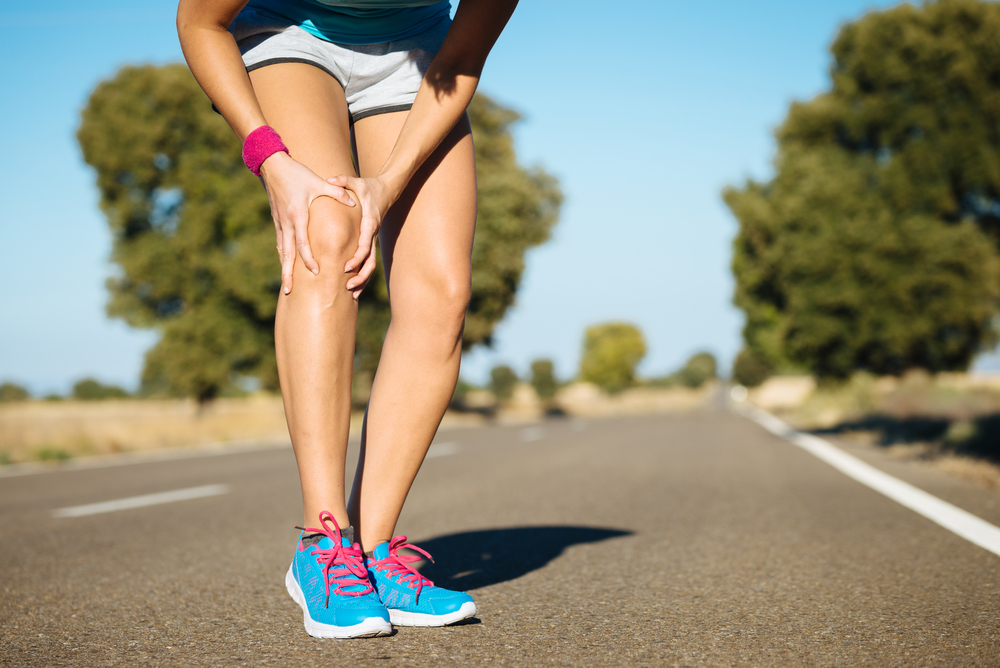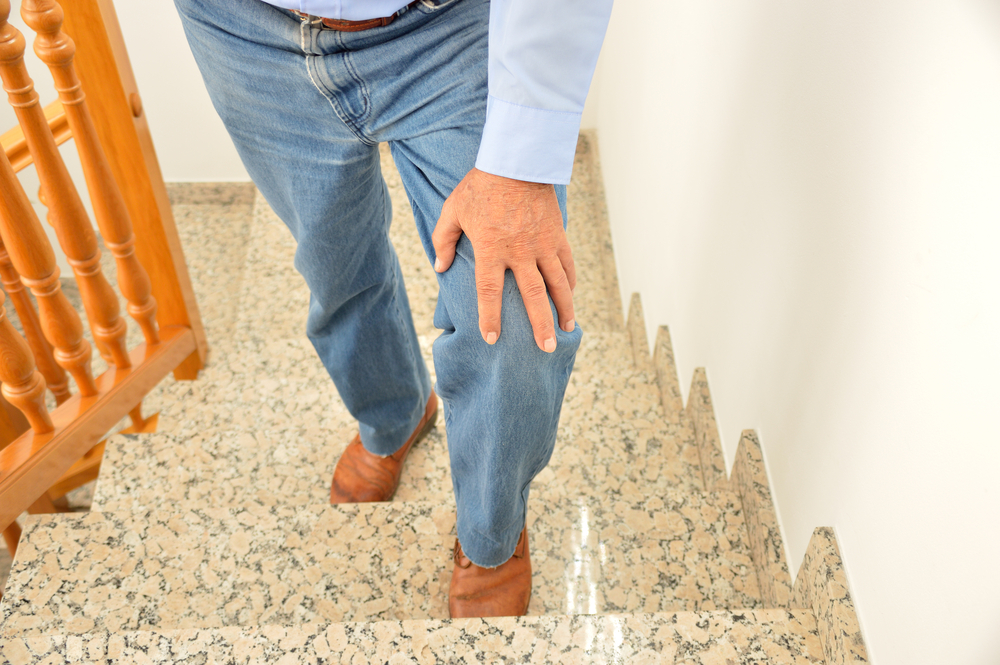Knee pain comes in many shapes and forms. In this blog, the team at Shift has identified 6 of the most common causes of knee pain, their symptoms, and explained how we can help with a treatment plan. Keep reading to learn more!
1. Runner’s Knee
Patellofemoral pain syndrome (PFPS), or runner’s knee, got its nickname for an obvious reason: it’s common among runners.
The stress of running can cause irritation and pain where the kneecap (patella) rests on the thighbone. Typically, it is caused by biomechanical issues, which require a very thorough assessment to identify. The issue can be the result of:
- Imbalance in quadriceps vs. hamstring strength
- Poor arches in the foot
- Weakness in the hip
- Poor running mechanics
- An improper increase in running mileage
- Unsuitable footwear
At Shift, we will put our detective hats on and find the true cause of this condition. We can then advise on proper training adaptations, fit you with orthotics, and/or build you an exercise program — all depending on what we find!
2. Jumper’s Knee
Patellar tendonitis, or jumper’s knee, is an overuse injury that results in pain at the front of the knee, localized at a point towards the bottom of the kneecap (at the patellar tendon). The patellar tendon joins the kneecap to the shin bone and, when the large quadriceps muscles at the front of the thigh pull on the kneecap, it produces huge forces through the patellar tendon, especially when jumping.
Jumper’s knee is an overuse injury fairly common in volleyball, basketball, or any other sport that demands repetitive jumping. With repeated strain, micro-tears as well as degeneration may occur in the tendon.
At Shift, treatment strategies for this condition may include:
- Pain control methods (such as acupuncture)
- Instrument-assisted soft tissue therapy (Graston technique) to improve tissue health
- Strategies for building proper strength required during jumping
- Taping or strapping techniques designed to decrease the load moving through the tendon
All of these treatments are designed to help you stay active and get back to whatever you do best!
3. Iliotibial Band Syndrome
Iliotibial Band Syndrome (ITBS) is another common overuse injury among runners. It occurs when the iliotibial band, the ligament that runs down the outside of the thigh from the hip to the shin, is tight or inflamed. The most notable symptom is typically swelling and a “burning” pain on the outside of the knee.
ITB syndrome can result from any activity that causes the leg to turn inward repeatedly. Typically, it can be attributed to a training error such as wearing worn-out shoes, running downhill or on banked surfaces, running too many track workouts in the same direction, or simply running too many miles.
Iliotibial Band Syndrome is more common in women, possibly because some women’s hips tilt in a way that causes their knees to turn in. At Shift, treatment could focus on decreasing the inflammation and pain, correcting any mechanical errors and advising on proper footwear.
4. Osteoarthritis
There are many different types of arthritis that can occur in your knees, but the most common type is osteoarthritis (OA), a progressive condition that slowly wears away joint cartilage. OA is most likely to occur after middle age.
With OA, there is typically a gradual increase in pain over time. At first, you may notice pain in the morning or after you’ve been inactive for a while. Slowly it progresses to pain when you climb stairs, stand up from a sitting position, kneel or when you just go for a walk.
As arthritis progresses, you may notice changes in your knee’s appearance. Arthritis can create a sunken appearance as muscles surrounding the knees thin and weaken. Your knees can start to point toward each other or bend outward.
Certain types of exercise can help preserve your knee function and relieve pain, including water aerobics and strength training. Losing weight, especially if you’re overweight, can help relieve OA by lessening the pressure on your knees.
Although we cannot reverse the arthritic changes, here at Shift we can help prevent further damage by prescribing a strengthening program, help to reduce pain and thus the need for pharmaceuticals, and possibly prescribe a brace for off-loading the joint, keeping you active for longer.
5. Pes Anserine Bursitis
Pes anserinus bursitis is an inflammatory condition characterized by pain and swelling on the inside of the knee. Bursae are fluid-filled sacs located at friction points in every joint. Their role is to help different tissues glide over one another, as when a tendon slides over another tendon or bone.
A common cause of pes anserine bursitis is underlying tight hamstrings, which are believed to place extra pressure on the bursa, causing irritation through friction. In addition, some patients may have bursal irritation due to a direct blow and thus experience a contusion to this area, as well as resultant inflammation.
Pes anserine bursitis is also common in those who participate in sporting activities that require a lot of side-to-side movements or cutting (i.e. squash). This injury requires a thorough assessment to rule out other structures in the area, such as tendon or ligament injury. At Shift, we will be able to find the tissue that is truly injured and develop a specific rehabilitation program to decrease your pain while also reducing the pressure on the bursae leading to a faster recovery.
6. Hamstring Tendinopathy
The hamstring muscle is located at the back of your thigh starting at your pelvis and running down to just below your knee. It is made up of 3 muscles all working together to extend your knee, particularly during activity such as running, jumping and kicking.
When the tension in the hamstring is excessive due to too much repetition or high force, damage to the hamstring tendons may occur. It is particularly common in sports requiring frequent acceleration and deceleration, such as football and soccer. It can also occur with a sudden high force going through the hamstring tendons beyond what they can withstand or following an inadequate warm-up.
Patients with hamstring tendinopathy typically experience pain that develops gradually in the inner or outer aspect of the back of the knee. Pain may also radiate into the top of the calf or back of the thigh. At Shift, proper diagnosis and management of hamstring tendinopathy can result in faster return to play and reduced risk of re-injury.
Knee Injury Treatment
As with most injuries, early detection and intervention is important for early return to activity in knee injuries. Once the cause of your knee pain is determined, one of our Shift practitioners can work with you to make a plan to correct the error — whether that means fitting you for orthotics, building a tailored strengthening program, or a modification in your training schedule.
We have many tools in our toolbox to help you, come see what we’re all about! You can call us at (519) 822-2226 or email us.



Leave a Reply